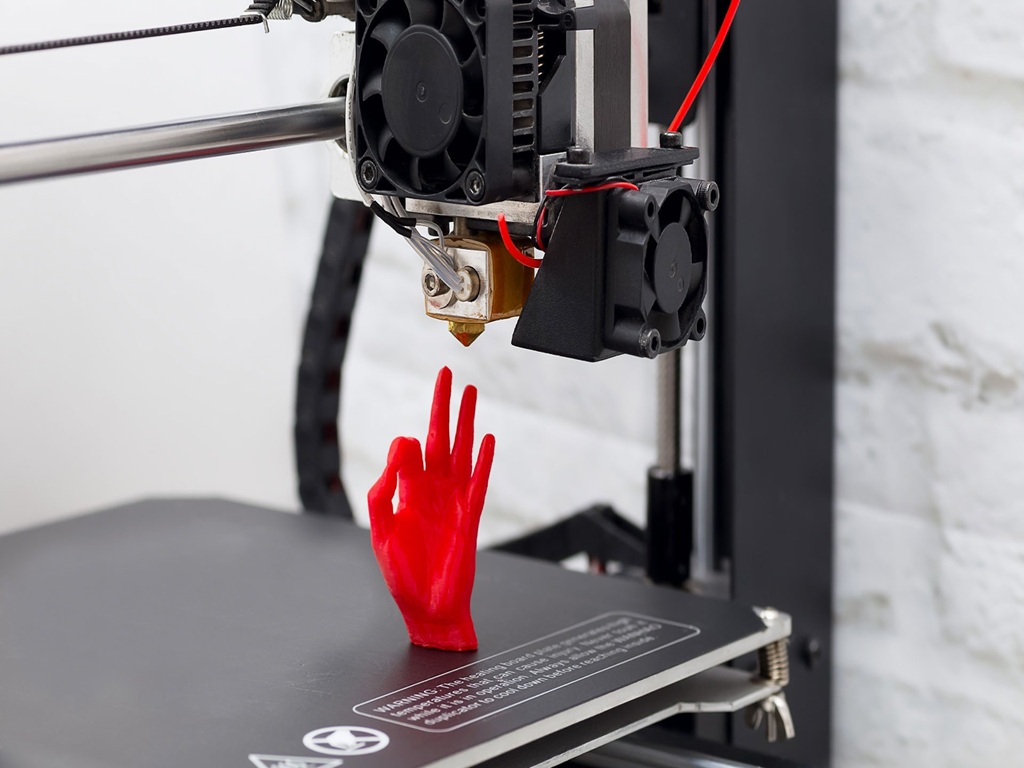You have thus started the fascinating trip of 3d printing for beginners. It can seem like entering another universe, full of possibilities but also rife with possible mistakes. Let’s explore those all too regular mistakes rookies often make and how you can avoid them like a professional.

Ignoring the value of the first layer is one basic mistake. Consider it the cornerstone of a house. Should it tilt, the entire construction is a teetering mess. Check the level of your print bed. Close is never close enough here; it must be exactly on. A little trick here? Between the nozzle and the bed, slide a piece of ordinary paper. You are great when you feel a small drag.
Another newbie action is jumping the gun using intricate designs. Surely you wouldn’t run a marathon without preparation. Likewise applies to 3D printing. As your confidence increases, you tackle increasingly difficult parts starting easy with simple forms. On slow gear, feel like a turtle? Great! Steady and slow wins the race and stops an uncertain launch into the future from pulling hairs.
Next on schedule are filament selections. You might find surprising, but not all plastics are made equally. Your reliable friend in experimentation is PLA. Apart from being beginner-friendly, it doesn’t poll your area with harmful pollutants. Save ABS, among the more exotic strands, for another day, Einstein.
There then are the infamous extrusion problems. Filament is the same; nobody loves when spaghetti comes out clumpy. Keep your nozzle in good shape. Quickly turning into your go-to cleaning equipment, a toothbrush may remove filaments left from past exploits that could block the works. For your printer, call it dental hygiene.
Problems with calibration They approach like a cat on soft paws, silently. Verify your printer settings exactly twice-weekly. Like piloting a boat without a compass, wrong calibrations send you rapidly nowhere. Re-check those settings if your prints resemble modern art rather than accuracy models.


